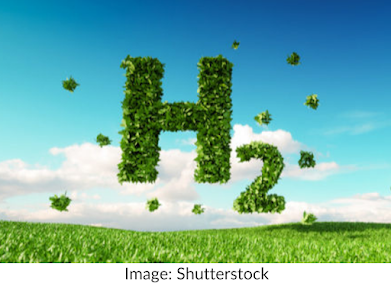The Creation of Super Heavy Elements
Whenever someone discusses the periodic table elements, they skim over or even do not include the new category called the super heavy elements (SHE). I wanted to find out more about their creation and potential uses because there are possibly more of them to discover.
The number of protons defines an element; SHEs are usually classified as having 104 or more protons in their nucleus. These newly generated elements do not occur naturally due to their instability and must be produced in laboratories. However, the formation of these elements is challenging because the two nuclei's positive forces strongly repel against each other. Nuclear fusion involves merging two molecules at immensely high speeds, even reaching 10% of the speed of light! A cyclotron blasts calcium-48, an especially negatively charged isotope, to overcome this repulsion briefly. For example, to create element 115 (moscovium), element 20 (calcium) and element 95 (americium) were combined. Unfortunately, though, the protons' Coulombic repulsion prevails, and the atom breaks apart within seconds, or generally even less than that; this is termed as fission. To preserve the SHE for longer, they can be kept in the presence of highly negatively charged isotopes or have more neutrally charged neutrons added to the nucleus.
 |
| Image Credit: http://news.bbc.co.uk/2/hi/science/nature/363968.stm |
So far, scientists have gotten up to creating element 118, called Oganesson, in 2004; several labs around the world are attempting to get an element 119 and 120. The newly opened Super Heavy Element Factory (SHEF) has an ambitious goal of producing an element 120. They are applying the previously discussed theory that adding more neutrons to a SHE's nucleus will make it more stable and extend its lifetime. Naturally occurring isotopes dubbed as "doubly magic" have their shells full with protons and neutrons. This means that some isotopes of elements are more stable than others; for example, oxygen-16 is the most stable form, making up 99% of all existing oxygen. According to this idea, scientists believe that certain isotopes of SHEs are more stable than others and can last longer. Element 114 (flerovium) has proved to be the most stable SHE, lasting 30 seconds while the others are held together just fractions of a second.
Recently, however, retaining element 114 for longer by creating an isotope having the "doubly magic" number of protons and neutrons has been hindered. Scientists created new atoms of flerovium 286 and 288, which had full proton shells with highly efficient decay, indicating that more neutrons must be added to stabilize the SHE. This, however, is not possible currently, as only 177 neutrons have been fitted into the shell, whereas fully stocking the flerovium neutron shell would require 184.
 |
| Image Credit: https://www.sciencenews.org/article/physics-periodic-table-future-superheavy-elements |
Overall, SHE element research and formation are constantly progressing forward in the creation of new elements. The drive to expand the periodic table continues to be firm with labs setting goals of creating an element 119 and 120. Because SHEs do not exist naturally on our planet, by working to make them more stable and finding advantageous applications for them, scientists will truly leave a lasting mark on the world!
Sources:
https://www.chemistryworld.com/news/explainer-superheavy-elements/1010345.article#/




Comments
Post a Comment